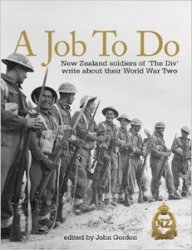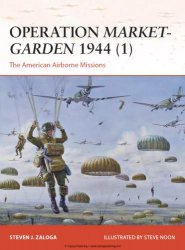The earliest soundly documented inhabitants of the Great Plains were Clovis hunters, living between about 9900 and 9200 BC, though tantalizing but inconclusive suggestions of prior human occupations persist (Figure 2). Most readily identified by their distinctive fluted lanceolate points, Clovis sites denote a mobile hunting and gathering society best known for its exploitation of mammoths (more recently, mastodons have been added to their prey), though they depended on lesser game for most of their subsistence. In the Eastern Plains and in southeastern United States, the Clovis point appears to have evolved into the fluted Dalton point. On the Western Plains, however, Clovis points were replaced by Folsom points, which were made using a different fluting technique, in which a single flake was detached from each side of the base, rather than multiple flakes (see Figure 4). Folsom hunters ranged the plains between about 9000 to 8000 BC. Their sites reveal an abrupt change in hunting: kill sites now contain large numbers of an extinct species of bison instead of animals that were stalked individually.
These Palaeo-Indian hunters lived during a time of dramatic environmental and climatic change. During Clovis times the glacial climate of North America was slowly warming. Mammoths, mastodons, giant bison and ground sloths, and other giant ice-age fauna had vanished by Folsom times, probably due to changes in their food supply because of changing vegetational patterns, though human hunting may also have contributed to their demise. Though little is known of their social life, the presence of high-quality stone for making chipped-stone tools that originated hundreds of kilometers away implies either highly mobile bands or the genesis of long-distance trade.
A succession of peoples who made a wide range of new and different kinds of unfluted lanceolate projectile points occupied the plains between about 8000 and 6000 BC. Collectively, these cultures are called the Plano complexes, and the points they made include Agate Basin, Plainview, Milnesand, and Hell Gap points. A group of sites in the Northern Plains containing materials known as the Cody complex includes points of varying form described as Alberta, Scotts-bluff, Eden, Firstview, and Kersey points. Other terminal Palaeo-Indian complexes include Allen/Frederick. Many of these sites consist of localities where large numbers of bison were killed and butchered, a continuation of the Folsom practice of collective kills.




 World History
World History









